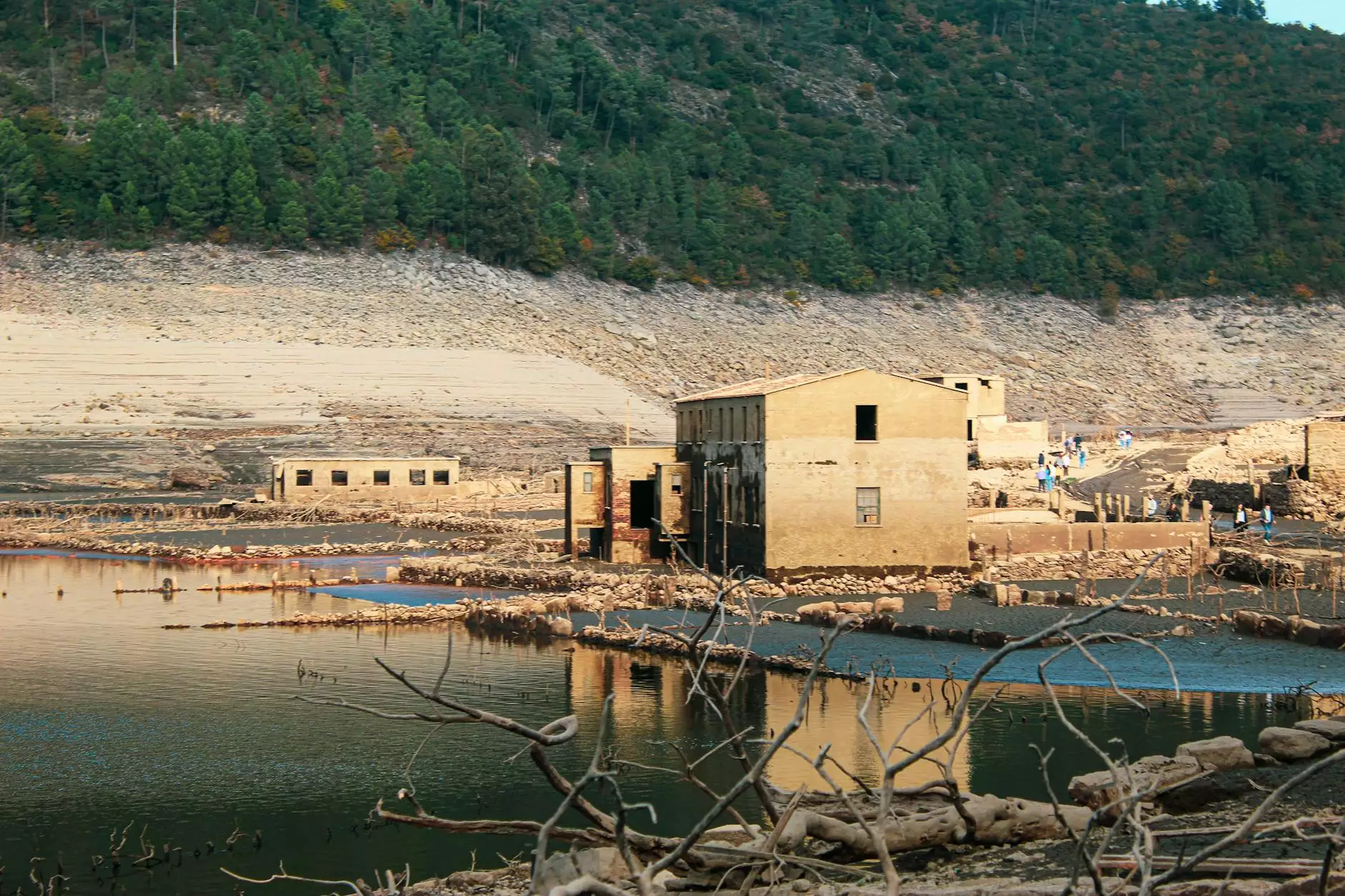Exploring Swimming Pool Resurfacing Options: A Comprehensive Guide

Maintaining a stunning and safe swimming pool is essential for both enjoyment and property value. Swimming pool resurfacing options play a crucial role in rejuvenating your pool while ensuring it remains a gleaming centerpiece of your outdoor space. In this article, we'll dive into the various resurfacing materials, their benefits, and factors to consider when choosing the ideal solution for your pool renovation needs. Whether you are a new homeowner, a pool enthusiast, or a property manager, understanding these options will empower you to make an informed decision.
Why Resurfacing Your Pool is Essential
Over time, swimming pools endure wear and tear from various environmental factors, including UV rays, chemicals, and physical activities. Resurfacing is not just about aesthetics; it also addresses structural integrity and safety concerns:
- Improved Safety: Resurfacing eliminates rough spots and sharp edges, significantly reducing the risk of injuries.
- Enhanced Aesthetics: A freshly resurfaced pool looks inviting and adds to the property’s appeal.
- Increased Longevity: Choosing the right resurfacing option can extend the lifespan of your pool surface considerably.
- Effective Maintenance: New surfaces are easier to clean and maintain, saving you time and effort.
Popular Swimming Pool Resurfacing Options
With several swimming pool resurfacing options available, it is essential to understand the characteristics of each to find the best fit for your needs. Here are some of the most common options:
1. Plaster Resurfacing
Plaster is one of the traditional choices for pool resurfacing. It consists of a mixture of cement, sand, and water, giving a smooth finish. Over the years, plaster has gained popularity due to its affordability and versatility.
Benefits of Plaster
- Cost-Effective: Plaster is one of the most affordable resurfacing options on the market.
- Customizable Colors: A wide range of pigments can be added to plaster for various aesthetic finishes.
- Quick Application: Plaster usually takes less time to apply, allowing for faster turnaround on renovations.
Drawbacks of Plaster
While plaster is an excellent option, it also has some limitations:
- Shorter Lifespan: Typically, plaster lasts around 5 to 10 years before requiring replacement.
- Requires Regular Maintenance: Regular brushing and chemical balancing are necessary to prevent staining and scaling.
2. Aggregate Resurfacing
Aggregate surfaces combine plaster with small stones, pebbles, or glass beads to create a textured finish. This option is becoming increasingly popular due to its aesthetic appeal and durability.
Benefits of Aggregate
- Durability: Aggregate surfaces can last 10 to 20 years with proper care.
- Stunning Aesthetics: The variety of colors and textures available provides a unique look for every pool.
- Slip-Resistant: Texture provides better traction, making pools safer for swimmers.
Drawbacks of Aggregate
Despite their many advantages, there are some considerations to keep in mind:
- Higher Initial Cost: Aggregate finishes tend to be more expensive initially compared to plaster.
- Complex Application: Installation can be more intricate, requiring professional expertise.
3. Epoxy Resurfacing
For those seeking a modern and innovative option, epoxy resurfacing provides a robust and waterproof solution. Epoxy coatings are comprised of a two-part compound that cures into a hard, durable surface.
Benefits of Epoxy
- Extreme Durability: Epoxy surfaces can last up to 20 years or more, depending on maintenance.
- Stain Resistance: These surfaces resist staining from chemicals and organic materials.
- Easy to Clean: The smooth surface allows for quick and easy cleaning.
Drawbacks of Epoxy
While epoxy has numerous benefits, some potential drawbacks include:
- Professional Installation: It requires professional installation, which can increase costs.
- Temperature Sensitivity: Applying epoxy in extreme temperatures may affect the curing process.
4. Vinyl Liner Replacement
For above-ground pools or in-ground pools designed for vinyl liners, replacing the liner can be an effective resurfacing option. The liners come in various colors and patterns, making customization straightforward.
Benefits of Vinyl Liners
- Affordability: Vinyl liners are typically cheaper than plaster or aggregate resurfacing.
- Smooth Finish: The liners provide a smooth and comfortable surface for swimmers.
- Variety of Designs: A wide range of colors and patterns allows for personalization.
Drawbacks of Vinyl Liners
However, several drawbacks need consideration:
- Short Lifespan: Vinyl liners usually last around 5 to 9 years before needing replacement.
- Susceptible to Damage: Liners can tear or puncture, requiring replacement and repair.
Factors to Consider When Choosing a Resurfacing Option
When selecting the best swimming pool resurfacing option, several factors must be weighed to ensure optimal results:
1. Budget
Always consider your budget first. Various resurfacing options range in price, from the cost-effective plaster to the more expensive epoxy or aggregate finishes.
2. Pool Type
Different types of pools may require specific resurfacing options. For example, above-ground pools often utilize vinyl liners, whereas in-ground pools may benefit more from plaster or aggregate finishes.
3. Aesthetic Preference
What appearance are you looking to achieve? If unique design elements and colors are essential, then aggregate or vinyl liners might be the preferred choice.
4. Climate Considerations
Understanding your local climate can play a vital role in your choice. For example, certain materials perform better in extreme temperature fluctuations.
5. Maintenance Requirements
Some resurfacing materials require more upkeep than others. Consider how much time and effort you are willing to invest in maintenance.
Conclusion
Resurfacing your swimming pool is not just a cosmetic choice; it enhances safety, aesthetics, and the lifespan of your investment. With several swimming pool resurfacing options available, from traditional plaster to modern epoxy finishes, it's important to evaluate your priorities, budget, and maintenance preferences. By making an informed choice, you can revitalize your pool and continue to enjoy your outdoor oasis for years to come.
For expert advice on choosing the best swimming pool resurfacing option for your needs, feel free to visit us at poolrenovation.com.









